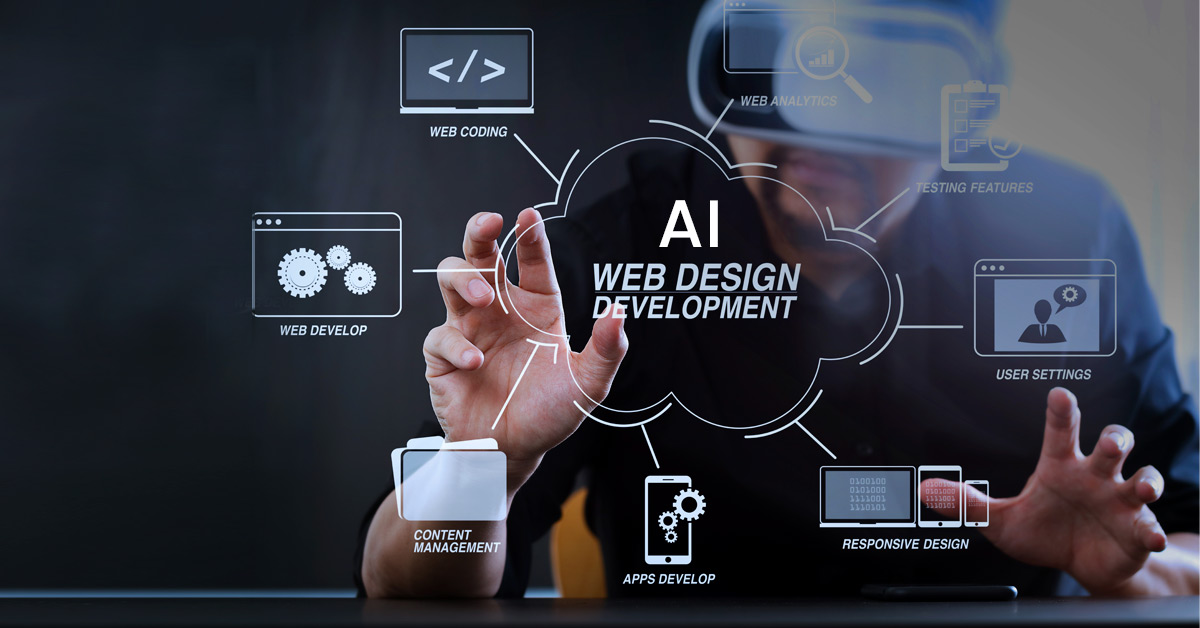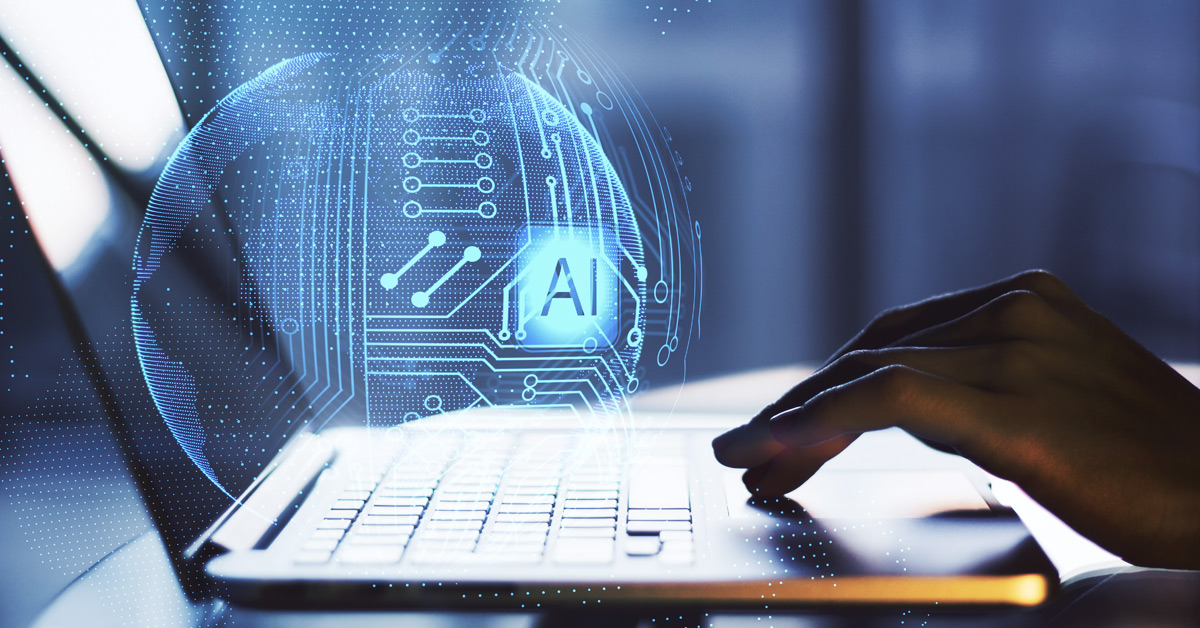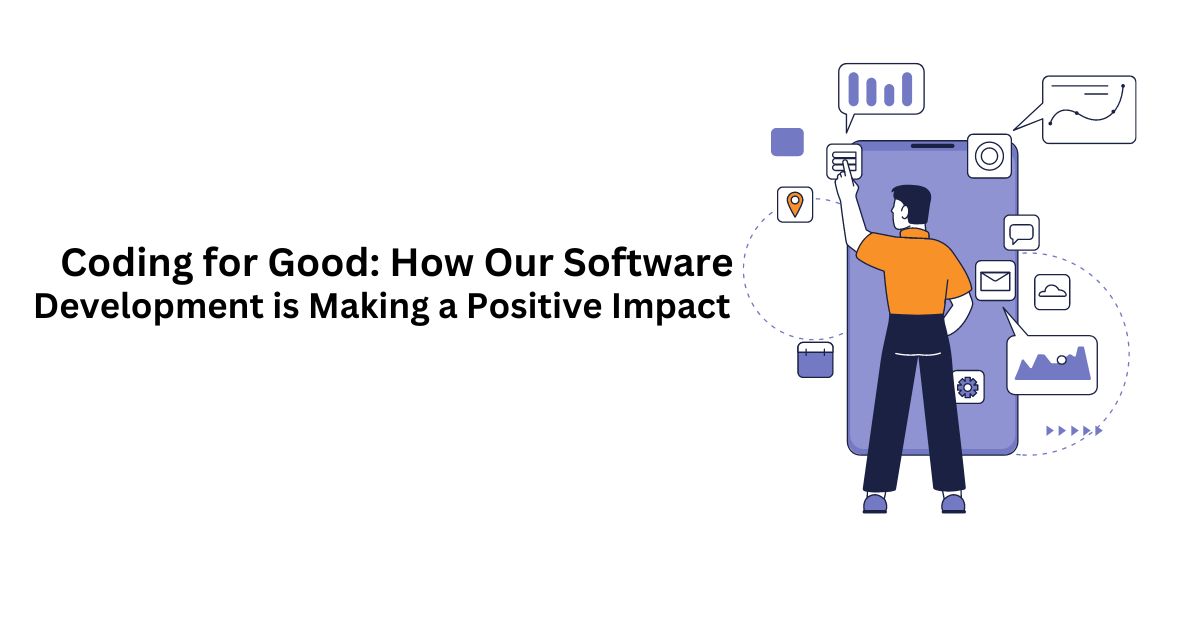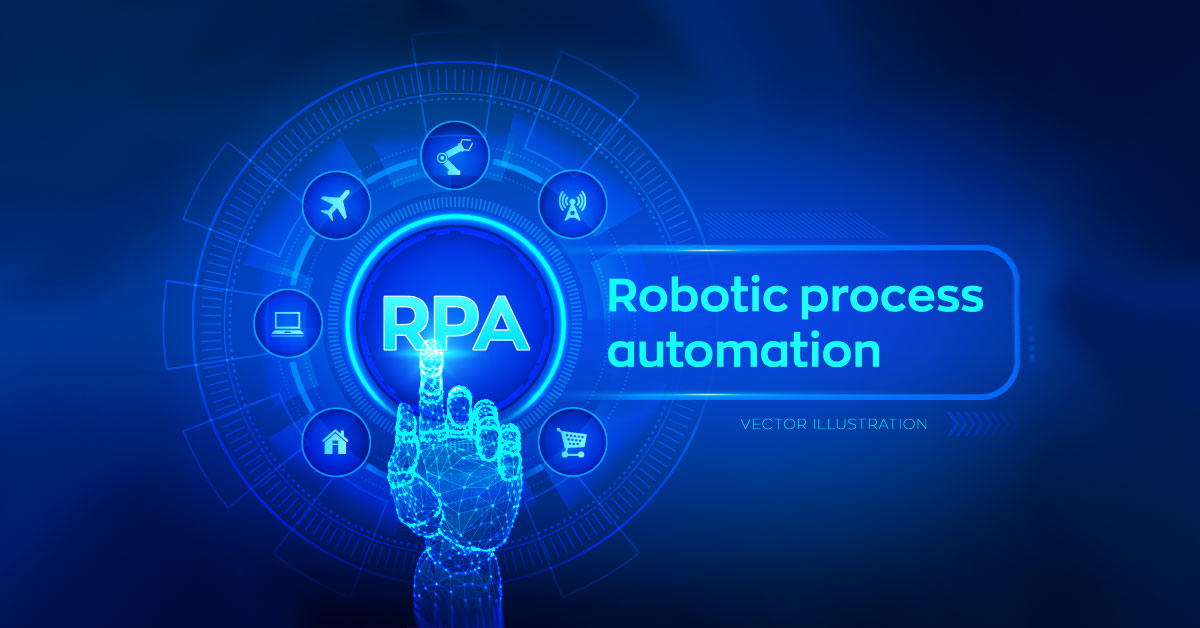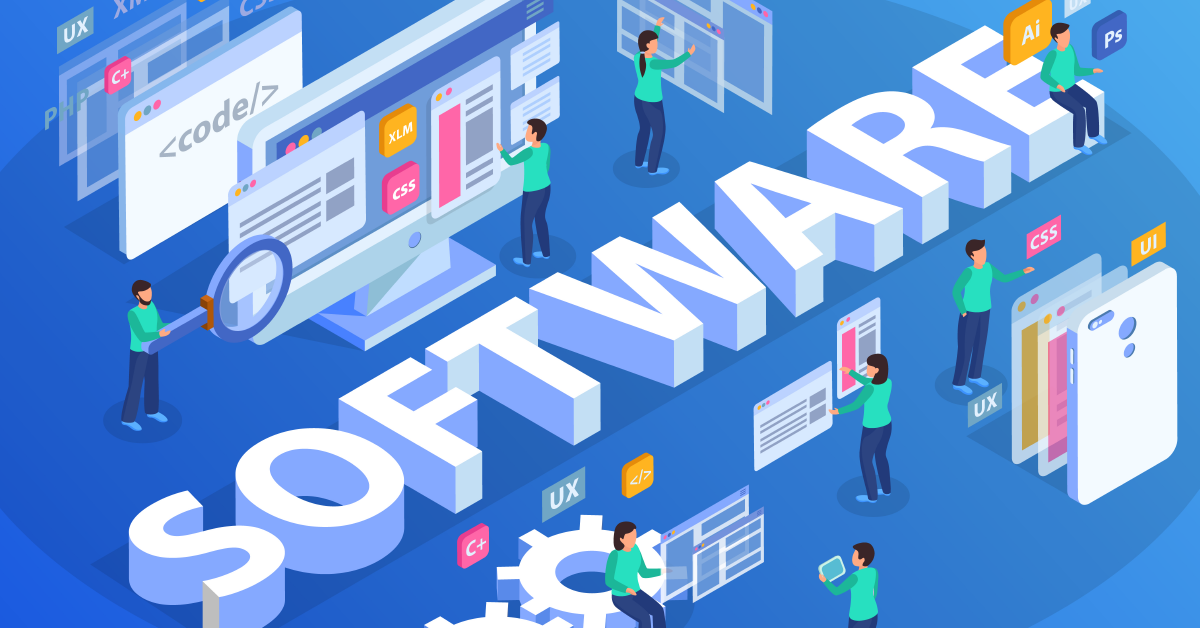How AI Solutions Foster Productivity with Collaborative Intelligence

6 min read
Is your team’s strength and productivity being exhausted by endless hours of monotonous work that you’re spending? Do you wish there was a way to improve cooperation among team members in your company so they could all work together harmoniously to achieve the same objective? Businesses are using artificial intelligence (AI) solutions to improve productivity and collaborate more effectively in order to stay ahead of the curve. By utilizing collaborative intelligence, which combines the advantages of human knowledge with AI technologies, teams are experiencing a complete transformation in the way they collaborate. AI-powered solutions are playing a crucial role in this change. We will look at how collaborative intelligence in AI systems promotes productivity and teamwork in this blog article.
AI Solutions and Collaborative Intelligence
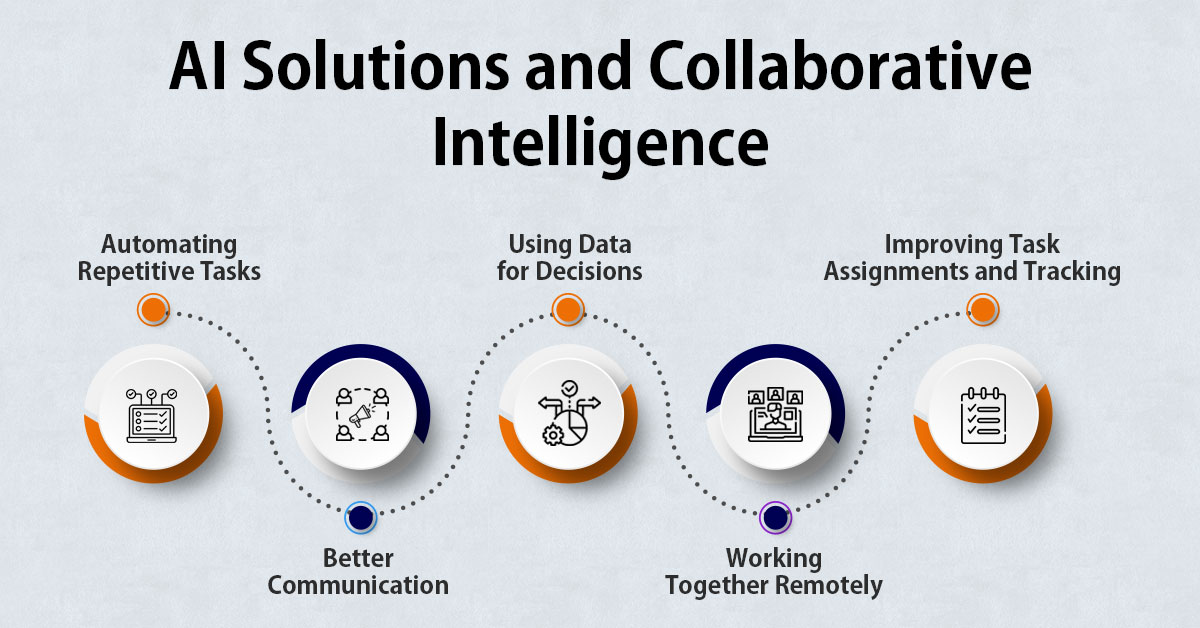
Intelligent robots, capable of performing tasks once handled by humans, such as problem-solving and decision-making, are emerging. This transformation is driven by the fast developing field of artificial intelligence (AI). This field is revolutionizing commercial operations with its transformative impact. Because AI is capable of making precise predictions and analyzing large amounts of data, it has been shown to be very beneficial for a variety of businesses. One of the key benefits of artificial intelligence (AI) is collaborative intelligence, which boosts output and teamwork. It follows that humans and AI collaborate to achieve shared objectives. Whereas robots offer speed, precision, and data processing abilities, humans contribute creativity, empathy, and critical thinking.
Here’s how AI helps teams work better:
-
Automating Repetitive Tasks
AI systems may perform time-consuming, repetitive jobs that humans find tedious, such as data entry. It allows workers to concentrate on more significant tasks that require their knowledge and ingenuity.
-
Better Communication
Effective cooperation requires effective communication. Artificial intelligence-driven chatbots and virtual assistants facilitate faster and more effective team communication, enhancing information exchange and mitigating communication breakdowns.
-
Using Data for Decisions
Artificial intelligence systems excel at processing vast volumes of data and delivering valuable insights. Teams working on complex projects that require data-driven decision-making will find this very helpful. AI analytics technologies facilitate better decision-making and teamwork among teams.
-
Working Together Remotely
As more individuals work remotely, artificial intelligence (AI) solutions have become instrumental. These include virtual meeting platforms and project management software, allowing teams to collaborate effectively from any location.
-
Improving Task Assignments and Tracking
AI can assist in task assignments depending on the workload and skill sets of each team member. Ensuring that individuals are focusing on their areas of expertise increases output. Project managers can also monitor developments and identify possible issues in real-time with the help of AI-powered solutions.
What are The Benefits of Teamwork and Collaborative Intelligence in the Workplace?
Numerous advantages of teamwork and collective intelligence at work lead to a more productive and dynamic work environment. These methods improve team communication by eliminating distance and ensuring smooth cooperation by using technologies like chatbots and virtual assistants. This improved communication fosters an enhanced understanding of objectives and tasks.
Enhanced problem-solving abilities are the consequence of cooperative intelligence, which is frequently enabled by artificial intelligence (AI) technologies. AI-driven technologies are able to examine a variety of data sources and find trends and insights that would go unnoticed by humans. With the help of this capability, teams may resolve difficult problems more quickly by making better-informed decisions.
The better efficiency that collective intelligence produces is yet another important benefit. AI solutions allow teams to automate repetitive operations, freeing up time for higher-level tasks that call for human creativity and knowledge. As a result, processes improve in efficiency, increasing production and wise use of resources.
Additionally, teamwork creates a diversity of perspectives as people with various experiences and skill sets collaborate. AI tools strengthen this by making insights from professionals in a variety of industries accessible, stimulating creative thinking and solutions. This diversity of viewpoints enhances the team’s inventiveness and more thorough problem-solving.
Another important advantage is that AI can serve as a virtual coach for continuous learning. It encourages team members to continuously enhance their skills, which makes them more knowledgeable and flexible.
Last but not least, collective intelligence enables higher worker engagement. Teams have a stronger incentive to collaborate toward shared objectives when there is a sense of shared ownership and responsibility among members. This dynamic raises job satisfaction and general happiness.
How AI Solutions Can Enhance Team Collaboration and Productivity
Productivity and teamwork are essential for an organization to succeed. The use of artificial intelligence technology has been helpful in augmenting efficacy in many aspects of operations. It has yielded notable effects on collaborative efforts and workforce output.
AI technologies provide advanced tools like chatbots, virtual assistants, workflow automation, and project management software. These tools have completely changed the landscape of team collaboration. AI-powered chatbots and virtual assistants provide instantaneous team communication, eliminating delays associated with traditional techniques. As a result, real-time communication emerges as the key advantage. It makes it easier to resolve problems quickly and provide feedback, which speeds up decision-making and increases output overall.
Sharing of knowledge effectively is another important advantage. AI-powered document management systems use natural language processing (NLP) techniques to evaluate content. This speeds up access to pertinent information during cooperative projects. In addition to saving time, this increases productivity by making sure that team members can easily locate the information they require.
One unique aspect of AI systems is workflow automation, which streamlines repetitive operations for teams. For example, AI-powered project management software, minimizes human participation, lowers errors, and ensures timely project completion. It achieves this by automating task assignment, deadline setting, and progress tracking. AI chatbots and virtual assistants offer personalized support by customizing recommendations and alerts according to the preferences and work routines of team members. By delivering focused assistance and improving the information’s relevance to certain tasks, this individualized strategy maximizes productivity.
AI systems also help in data analysis by quickly processing big datasets and providing insightful information. Analytics tools driven by AI can spot patterns in team workflows and provide ways to optimize resource allocation and optimization. Because of this, teams are better able to make data-driven decisions that benefit the entire organization. To put it briefly, artificial intelligence (AI) technology has transformed teamwork and is now a vital tool for creating a culture of increased productivity in the modern workplace.
What are Some Tips for Implementing AI Solutions for Collaborative Intelligence?
A strategic approach is necessary for the effective implementation of AI systems for collaborative intelligence. Start by laying out exactly what you want to accomplish using AI-driven collaboration, be it better decision-making, more efficient workflows, or improved communication. Recognize the current dynamics in your team by thinking about positions, duties, and preferred methods of communication. So, choose AI collaboration solutions that meet particular needs for collaboration and make sure their user interfaces are simple to use for easy integration. Encourage open communication regarding the implementation, handle any issues that may arise, and cultivate a positive outlook on the deployment of technology to increase transparency.
By including team members in decision-making processes and considering their thoughts, you may foster collaboration and feedback. Put security and privacy of data first, follow industry rules and guidelines, and implement strong security measures. Provide thorough training courses to acquaint team members with the latest AI technologies and ensure continuous assistance for successful implementation. Before implementing solutions fully, think about beginning with pilot projects or phased deployments to test and improve them.
Create key performance indicators (KPIs) to track how AI affects collective intelligence. Evaluate their efficacy on a regular basis and make adjustments in response to new information and changing organizational requirements. Organizations may develop a more inventive, productive, and cohesive work environment by implementing AI solutions for team intelligence with the help of these helpful ideas.
How Does Human Leadership Play a Role in Utilizing Collaborative Intelligence?
The essential role of strong human leadership in ensuring the effectiveness of these instruments cannot be overstated. Though AI can facilitate communication and expedite procedures, it is not a substitute for the direction that a strong leader can provide in guiding a group of people toward their goals.
Setting clear goals and expectations for implementing AI technologies is a critical duty for human leaders. In light of the possibility that team members who are not familiar with AI may object or hesitate, leaders need to explain the advantages of these technologies and explain how they might strengthen collaboration while increasing output.
Leaders must communicate clearly about how AI solutions fit within the organization’s strategy and team objectives in order for them to be implemented successfully. Employee understanding of the significance of using AI for team intelligence is greatly helpful by such clarity. Providing team members with the necessary guidance and assistance is another essential component of human leadership when it comes to utilizing collective intelligence. Even while AI solutions are easy to use, managers still need to make sure that staff members have access to the training and resources they need to use them properly.
Furthermore, developing a culture that promotes change and innovation requires strong leadership. Organizations need leaders who are willing to experiment with new tools and processes and who have an open mind since technology is advancing quickly. This kind of thinking creates an atmosphere where workers are motivated to use AI-based collaborative intelligence solutions and are always looking for new methods to improve productivity and teamwork.
Last but not least, human leadership is essential for tracking and assessing how well AI solutions adoptive cooperation and boost output. These tools are made sure to be used to their fullest capacity by regular reviews, gathering input from team members, and making appropriate improvements. Although artificial intelligence (AI) solutions offer incredible potential, human leadership is still indispensable for directing, enabling, and maximizing their integration for the success of organizations.
Conclusion
Collaborative intelligence, or the fusion of human knowledge and AI technology, is the way that AI solutions are transforming teamwork. AI solutions facilitate teamwork and increase productivity within organizations by improving communication, streamlining project management procedures, utilizing data-driven insights, empowering personalized learning experiences, mitigating biases, improving decision-making processes, overcoming time and space constraints, and addressing security concerns. By strategically deploying these AI-powered technologies, businesses can gain a competitive edge in the current changing business environment.
Published: December 19th, 2023

